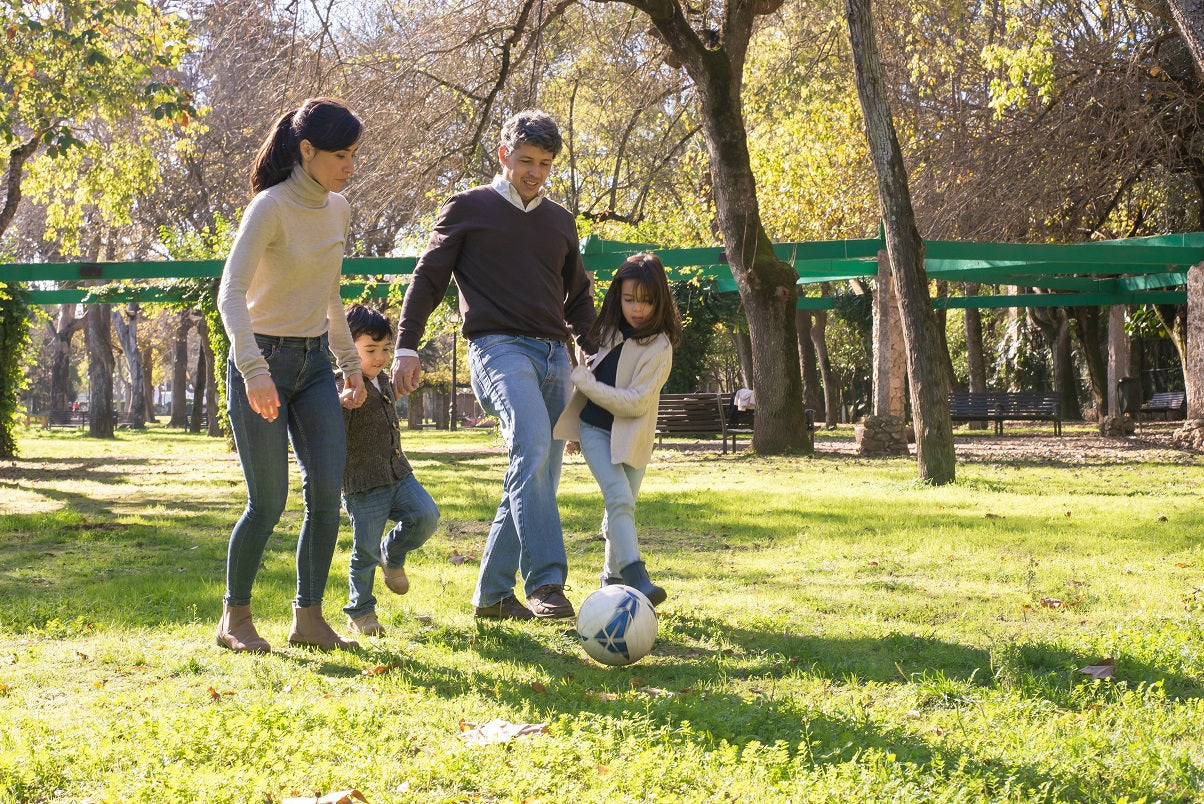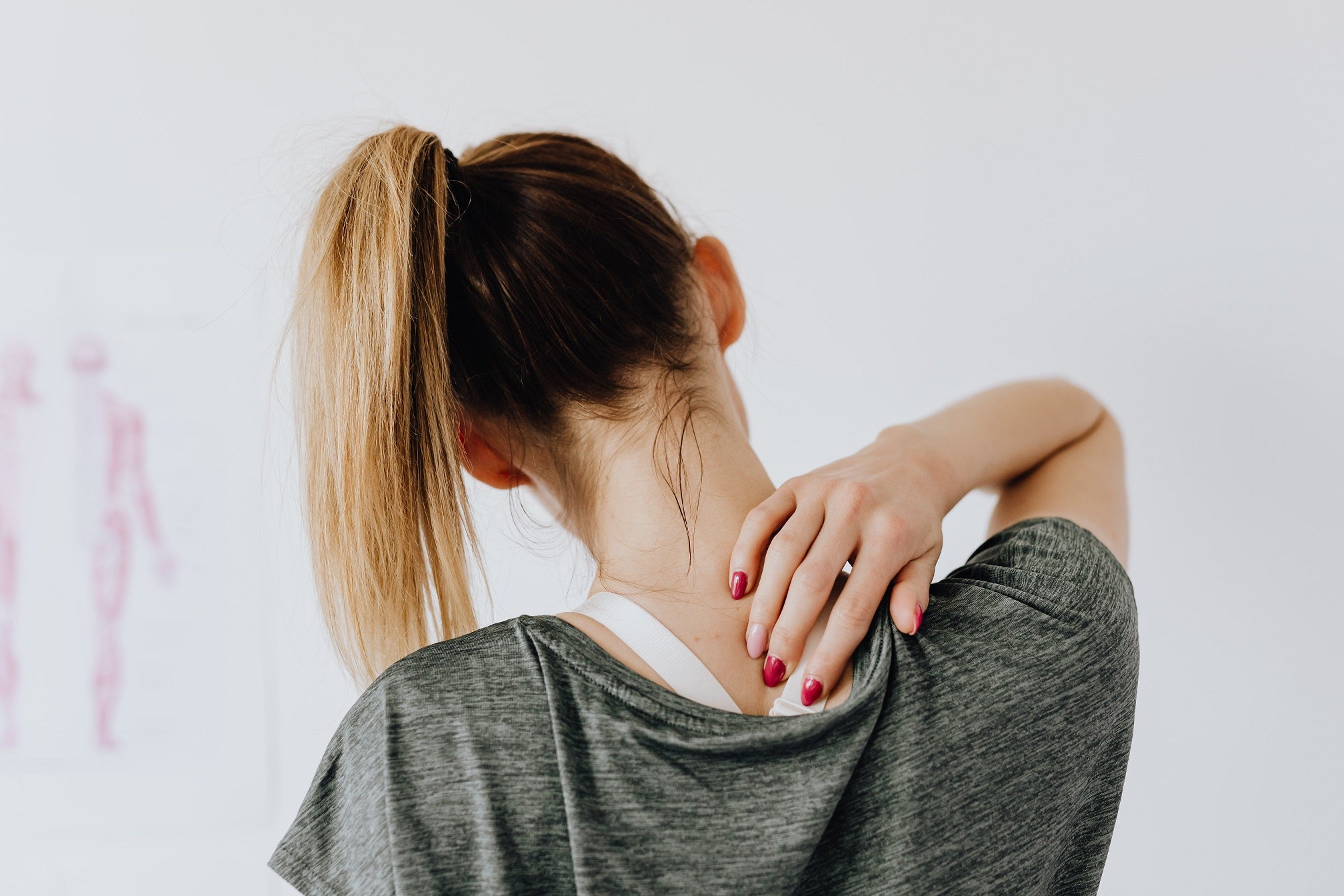“No pain, no gain”, so the saying goes. And it’s true that working out should feel challenging and can sometimes leave you feeling sore for a day or two after a session. The normal muscular aches you feel the day after a hard workout are known as “delayed onset muscle soreness”, or DOMS, and usually aren’t anything to worry about. DOMS usually clears up by itself in 1-3 days and does not require any additional treatment.
But what if you’re in more severe pain than ordinary muscle aches after a workout? That’s not normal and isn’t something you should ever ignore. Doing so can lead to a more serious injury.
Here are a few things that might be the culprit for you to investigate.
You’ve injured yourself

If you are experiencing tenderness, swelling, stiffness, or pain in a particular part of your body, you’ve likely sustained an injury such as a strain, sprain, or tear in the course of your workout. If this sounds familiar, do not continue to push through the pain. Doing so will only make it worse.
Instead, rest the affected area for at least 48-72 hours. Applying an ice pack can help to relieve swelling, and using an over-the-counter painkiller such as ibuprofen or acetaminophen can help to deal with pain.
Using recovery garments on the affected area can also help to speed up your recovery. Items like our leg sleeves and arm sleeves use scientifically proven, non-compression technologies to work with your body’s natural healing processes.
You should only return to exercise when your injury is fully healed.
You’re working out too hard

Your workout should push you, but not to the point of injury. If you are often experiencing pain after a workout, it is possible that you’re pushing yourself too hard. This not only causes those unpleasant after-workout pains, but it can even be dangerous if you keep doing it.
If you are regularly in pain after an exercise session, consider dialing back the intensity, duration, or both of your workout for a few sessions. It’s better to slowly build up to your goals rather than going too hard, too soon and causing yourself an injury.
You’re not warming up or cooling down properly

Warming up and cooling down are not optional extras that you can skip if you are short on time. They are essential parts of your workout. Warming up helps your body to get ready for exercise, increasing your heart rate and getting your muscles moving slowly, which decreases your risk of injury. Cooling down helps your body to return to its pre-exercise equilibrium.
If you’ve been cutting down your warmup and cooldown (or even skipping them entirely), this could well be the cause of your post-workout pain. Add them back in, lengthen them, or change up how you’re performing them to ensure that you get the full benefit.
Your form is wrong

Form, or how you perform an exercise, is incredibly important. Form is particularly vital when you are doing load-bearing exercises, such as bodyweight movements or weightlifting, but it also matters for cardio exercises such as running and swimming.
If you are often in pain after a particular type of exercise, your form may well be the problem. Look up instructions for how to perform each exercise, and make sure you are following them closely. Performing exercises in front of a mirror can help you while you learn the correct form.
Another great way to improve your form is to work with a personal trainer. A PT will walk you through exactly how to do each exercise and correct your form as you go. Even if you can only afford one or two sessions, it can be a great investment in maximizing your workouts and preventing injury in the future.
When to seek medical attention

If in doubt, it is always a good idea to get your pain or injury checked over by a qualified medical professional. You know your body best, and likely have a good idea of what is and isn’t normal for you. If something does not feel right, it’s always better to be safe than sorry.
If troubleshooting the causes of your pain does not help, or if an injury does not seem to be getting better after a few days, make an appointment to see your doctor. They will be able to examine you, diagnose or rule out any more serious underlying reasons for your pain, and prescribe an appropriate course of treatment.
Read more

Since the start of the Covid-19 pandemic in early 2020, more of us are working at home than ever before. Earlier this year, Forbes predicted that 25% of all jobs in the US would be remote by the e...

Now that school has finished for the summer, you might be looking for ways to keep your children entertained throughout the long vacation. Without the daily routine of school, you might also find t...






Leave a comment
All comments are moderated before being published.
This site is protected by hCaptcha and the hCaptcha Privacy Policy and Terms of Service apply.